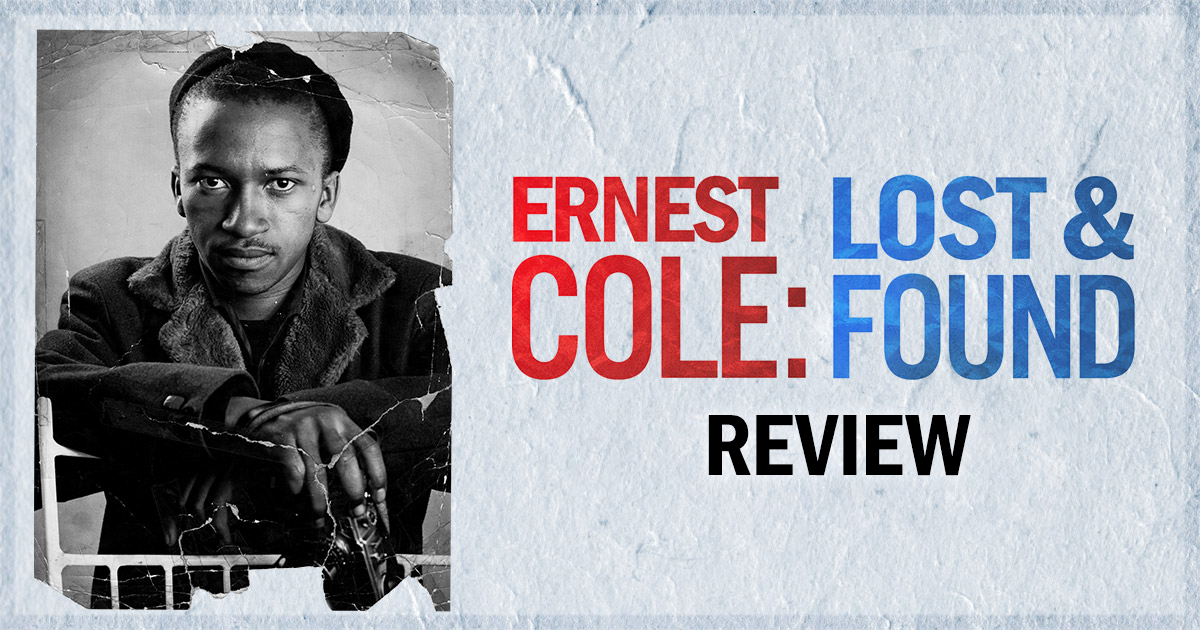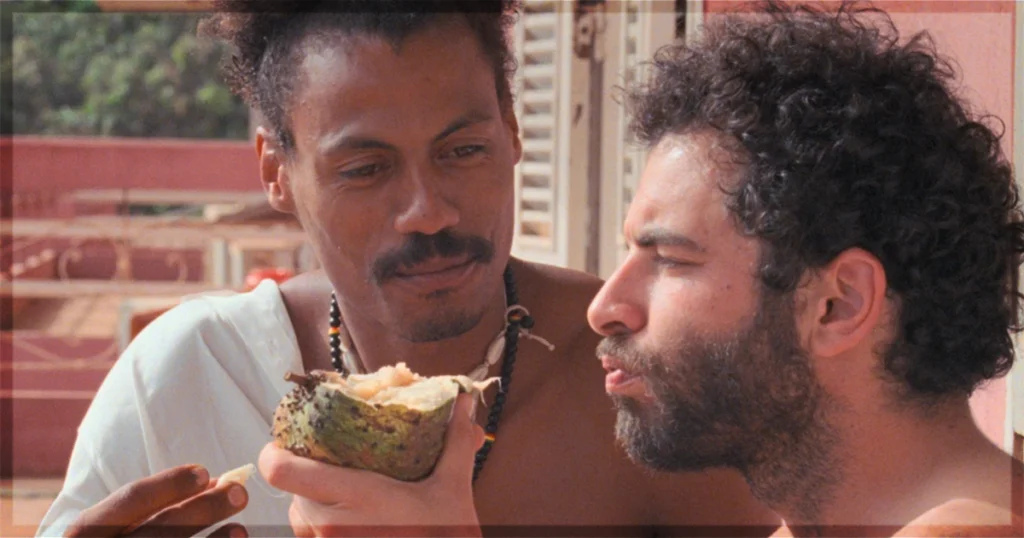In Ernest Cole: Lost and Found by the legendary Raoul Peck, we learn more about Cole and the South African apartheid. In 1948, with the election of Daniel François Malan as the first minister of South Africa, apartheid became a policy of the government. The black population of the country would suffer discrimination from the administration through its state structure. Miscegenation and interracial marriage would be considered a crime. Buses, schools, restaurants, schools, and other venues would be separate for white and black populations. It would be a guideline of the apartheid to subjugate and dedicate to submission all of the black natives of the country. From 1948 to 1991, the apartheid state ruled South Africa, and it affected generations of people who suffered from prejudice and intolerance towards their race.
Legendary Haitian filmmaker Raoul Peck, whose films are known for their political approach and discussion of left-leaning politicians and stories, such as I Am Not Your Negro and Exterminate All the Brutes. In his latest, Peck talks about the exiled South African photographer Ernest Cole. Born in Pretoria before the establishment of apartheid, Cole saw as a child the enforcement of racist laws. He suffers severely from it when he has to leave school due to the racial act of education, when black schools would have fewer resources than white ones. Cole falls in love with photography and has to leave the country in 1964 with hidden negatives because of his portrayal of the regime. Everything changes when he publishes his groundbreaking photography book, House of Bondage. It shocked the American public, and the book suffered from being banned in his home country.
Peck uses a mixed form of storytelling to tell the story of the photographer. He borrows from the words of his diary, and the Academy-Award nominee LaKeith Stanfield narrates it as Cole himself. Additionally, the director puts on the screen the work of his life. The film development started with finding sixty-thousand photography negatives in a bank vault in Stockholm, Sweden. His estate, the nephews, are responsible for regaining possession of the work. Peck got access to both the diaries and the found photos, and he attempted to rewrite Ernest Cole’s biography from the decolonized vision. As a Haitian filmmaker, his work often approaches and discusses the colonial violence that affected his homeland, and his interest is in questioning the media we have about black history.
Furthermore, Peck constructs a thesis about a talented photographer with a clinical eye for portraying his vision upon his artistry. However, Cole was severely affected by the systematized racism by the South African Apartheid. He had to exile himself in New York City, and he became a nomad of his conscience. It is a fascinating statement by the director because it explains the effects of prejudice on a scale that is not measurable. Ernest Cole received praise in New York as a groundbreaking artist who lived during the social changes in American society. He states how terrified of the Southern segregation he was. However, the complexity of his problem is beyond the acclamation of his work by his white peers and fellow curators. He would be homesick, and he could not return due to his subversive art, and it would severely hurt his soul and his body later in life.
Ernest Cole: Lost and Found follows a standardized structure that later absorbs the talking-head resource to explain how the estate functions and the re-taking process of the negatives. However, the director uses his veteran abilities to explore a complex persona through an efficacious approach. He shows the contradictions in Ernest Cole’s actions and how he would seek different places to live, such as his tour in Europe, where he lived in diverse cities. Peck never tries to minimize the problems in Cole’s approach to his fellowships and grants with his limited work ethic. He states that he had a commitment problem with work for a while. Yet, Peck uses the imagery that Cole produced to empathize with the colonial violence in the alleged free world, a place post World War II where the aggression moves from Europe to the peripheries. In the end, the anti-revolutionary thought provoked by McCarthyism and the actions from the Occidental block helped to pavement the segregation present in South Africa. Ernest Cole and others suffered for thinking differently and for the gift of artistry, ultimately condemning him to live a life of displacement and pain forever.
Raoul Peck, in his latest film, Ernest Cole: Lost and Found, invites us to reflect on segregation, post-war politics, and colonial violence. Even though the family got his photographs again, some of Cole’s work is still in Europe. In a hundred and-five minutes of length, we learn that Ernest Cole was never free. Even after his death, his legacy is still held by those who sub-judged him in life, in this case, the European white elites. It leaves us in a melancholic reflection, hoping the day he will finally be free.
Ernest Cole: Lost and Found is now available on physical and digital media.
Learn more about the film at the official site for the title.


